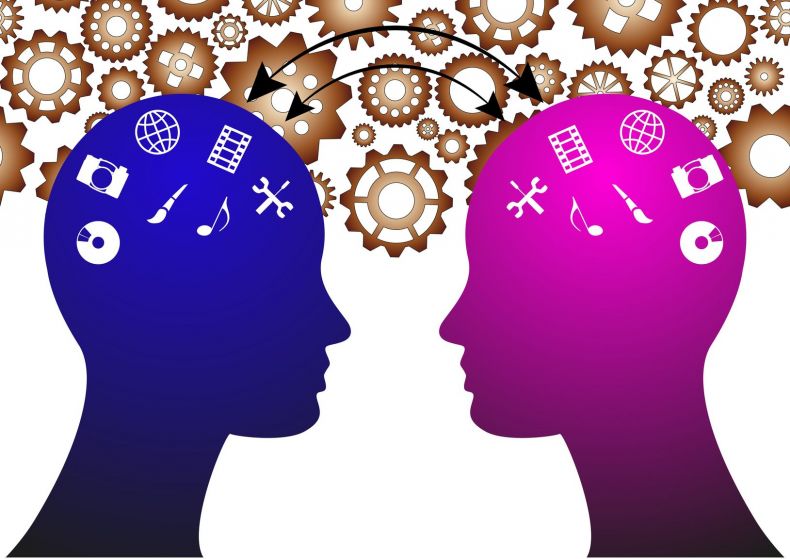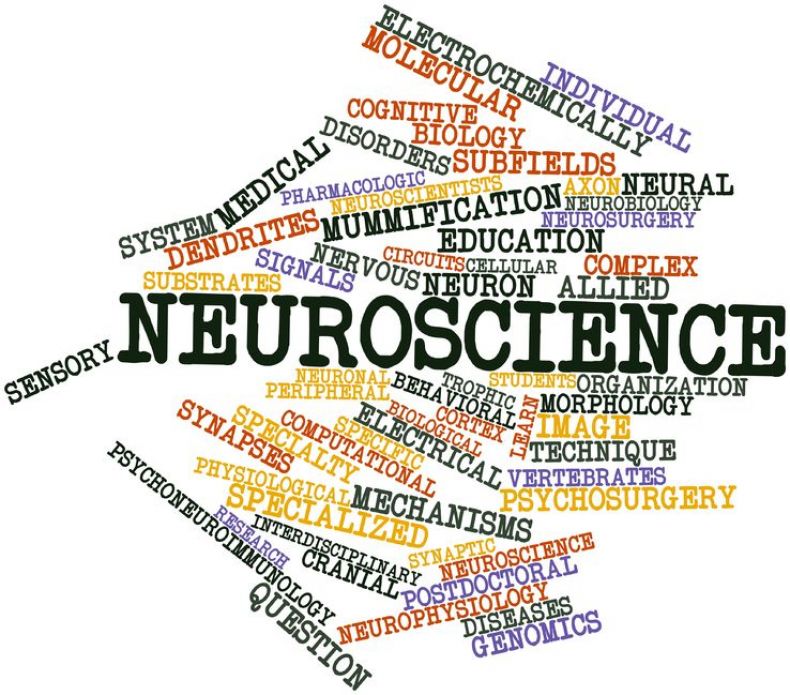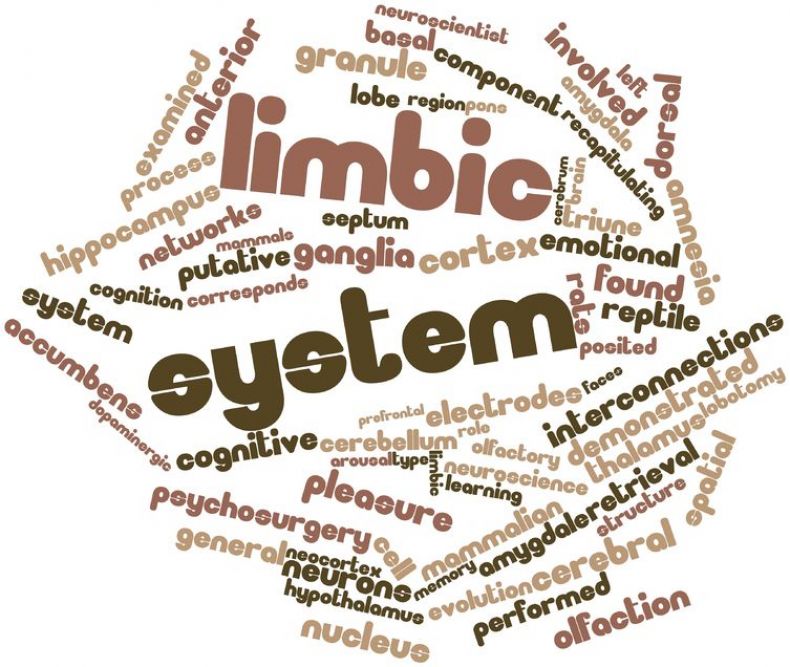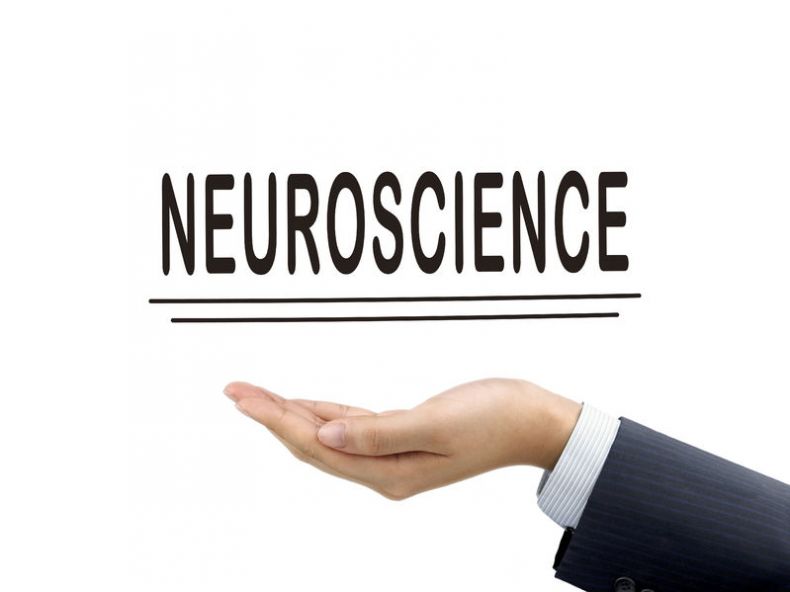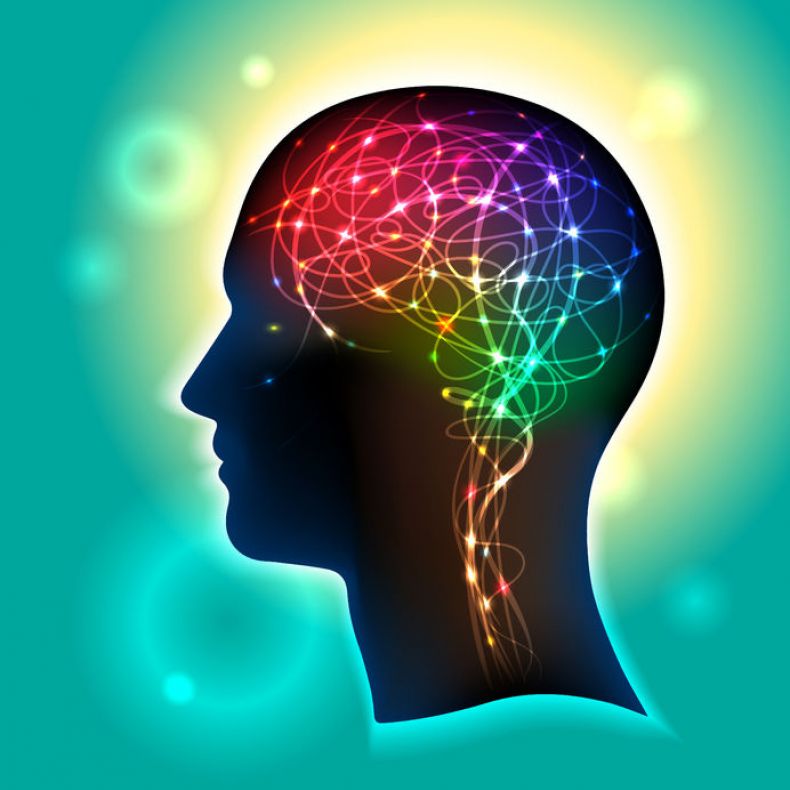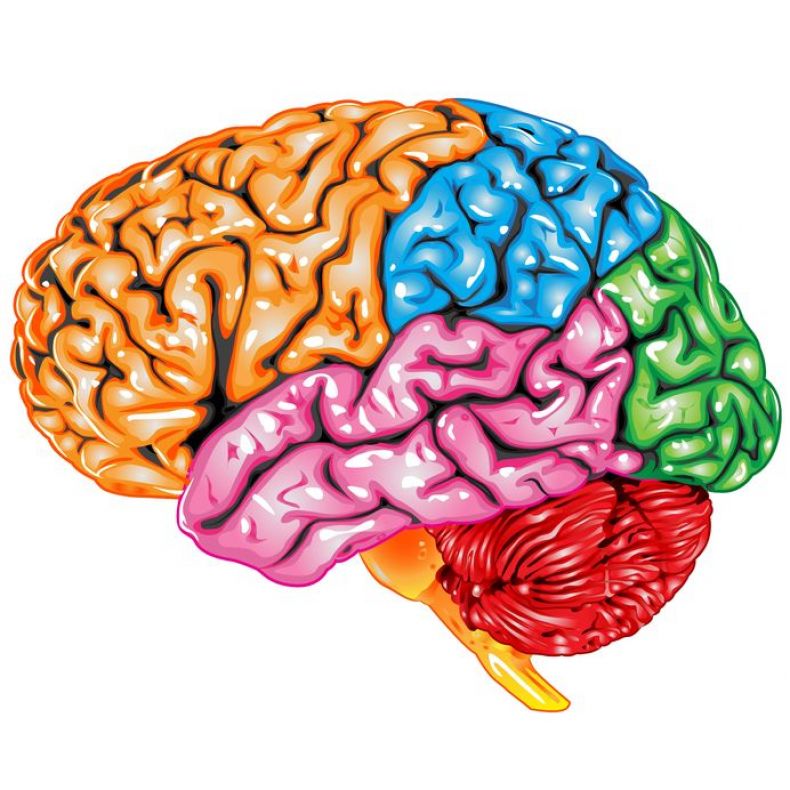Neuroscience in the Workplace
Helping Employees through Change
Changing employee behaviour is difficult. In fact, changing our own behaviour is hard enough: it’s not easy to establish new habits such as taking more exercise, getting more sleep and eating less. Similarly, it’s difficult to change our organisation’s make-up, shift company culture, establish a collaborative culture and change the way leaders communicate.
What Organisations can do
How can leaders and professionals in the L&D arena use the emergent knowledge and learning from the field of Neuroscience to help their organisations?
What you can do
How you experience life boils down to the chemicals in your brain. Happiness, sadness, anger, anxiety – all can be traced to what’s going on inside your head. In the past decade we’ve come a long way in the science of happiness and have a pretty good idea of what happy looks like in your brain these days.
And the latest research shows...
Connectivity: The Difference Between Men’s and Women’s Brains
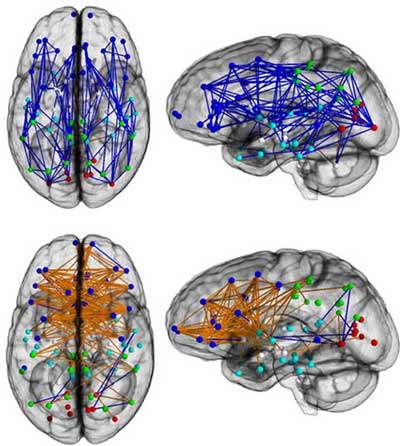
The Neuroscience of Leadership: Practical Applications
Neuroscience is the study of how the nervous system—and brain—works. New advances in the field of neuroscience may help us unravel the physiology of leadership effectiveness. Enter neuroleadership, a term coined by David Rock, author of Your Brain at Work.
The Neurochemistry of Positive Conversations
Why do negative comments and conversations stick with us so much longer than positive ones?
Positive comments and conversations produce a chemical reaction too. They spur the production of oxytocin, a feel-good hormone that elevates our ability to communicate, collaborate and trust others by activating networks in our prefrontal cortex.
Your Brain at Work
The human brain is quite extraordinary. To quote the South African writer Lyall Watson, “If the human brain were so simple that we could understand it, we would be so simple we couldn’t.”
The neurosciences are comparatively nascent in their development, but are already subject to pop culture and dumbing-down:
The Brain's Basis for Creative Thinking and Insights
The integration of the neurosciences with psychology are unearthing some interesting perspectives, one of the most surprising being how we think creatively and get insights. Increasingly, white collar folk are paid to think rather than to do, so success will depend on the company’s ability to create optimal conditions for that to happen.
